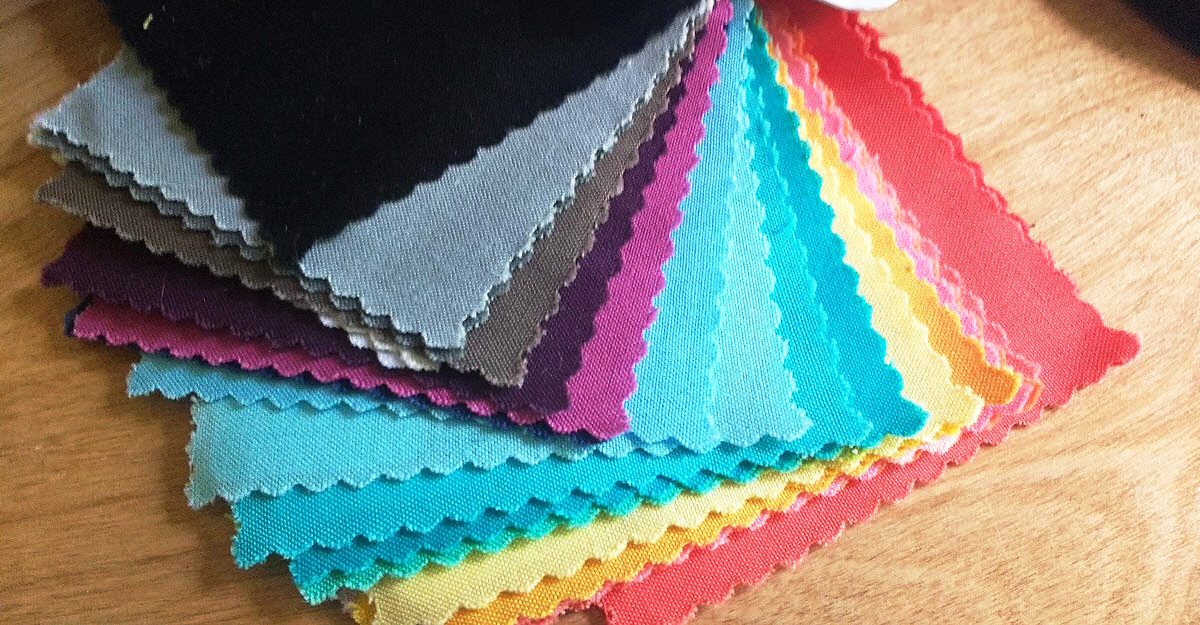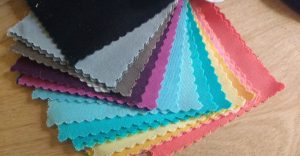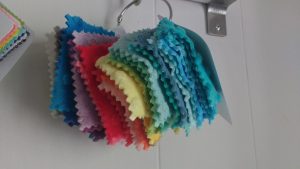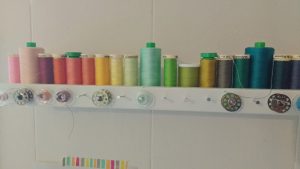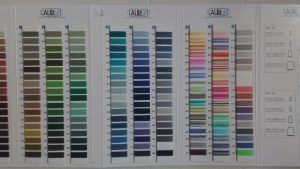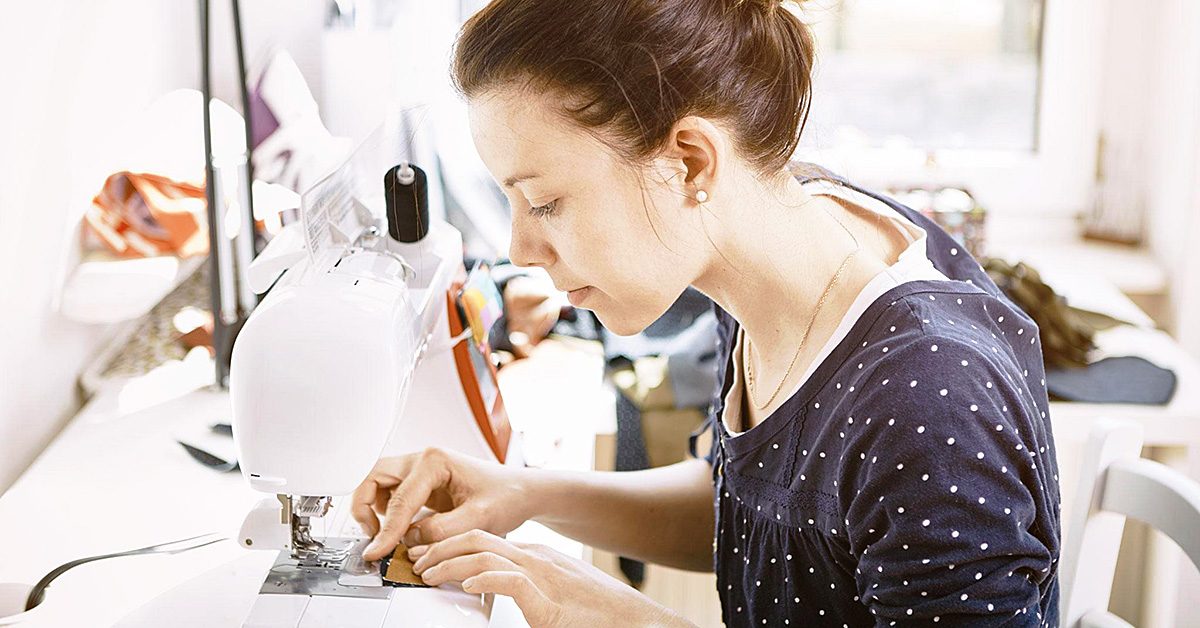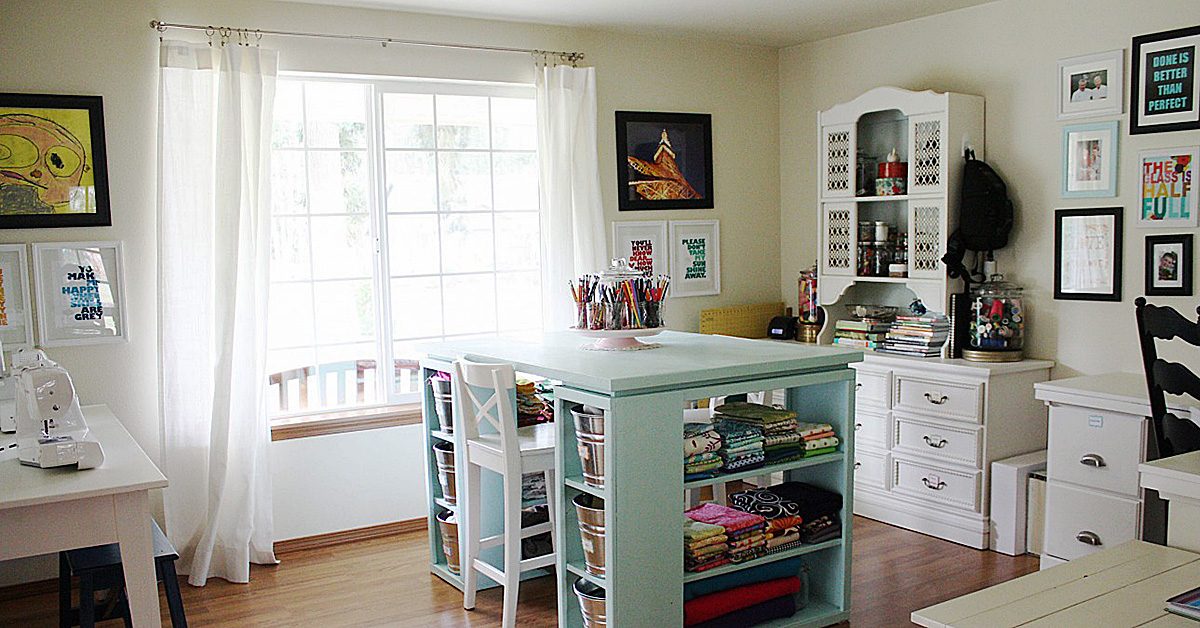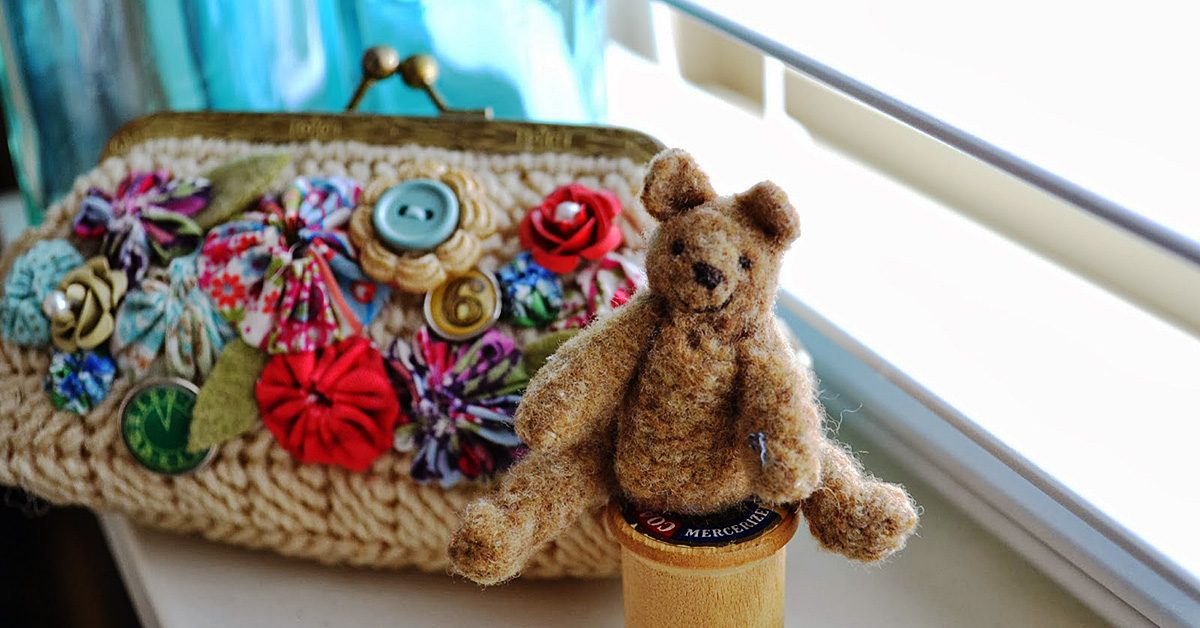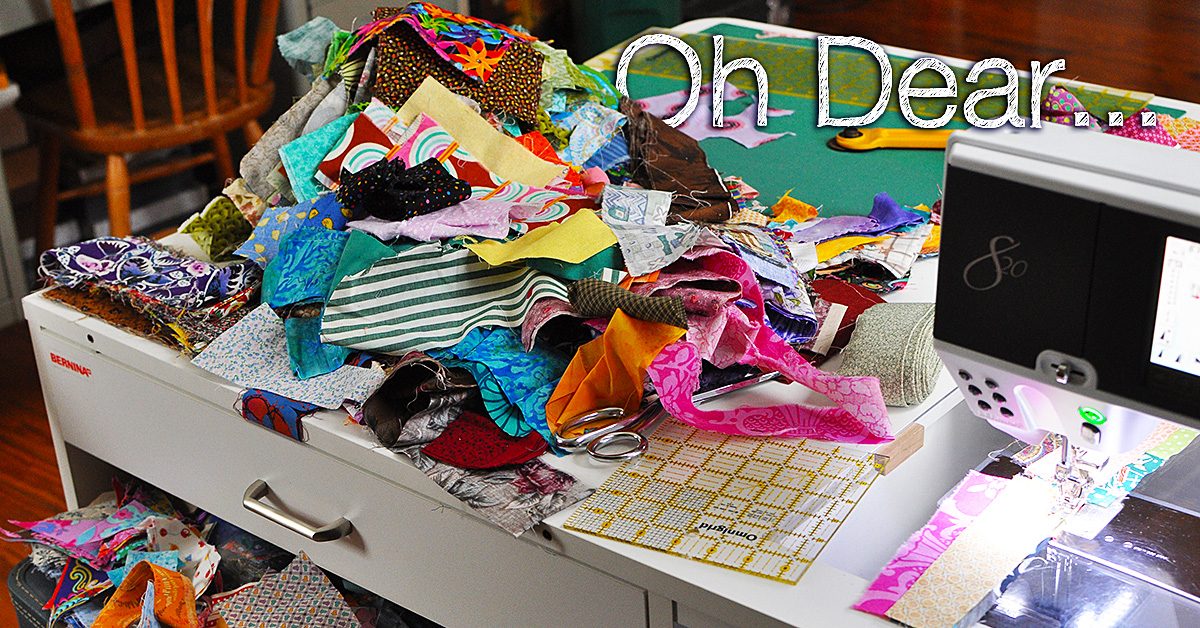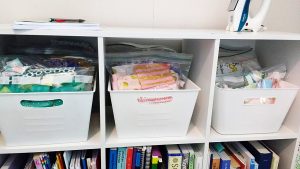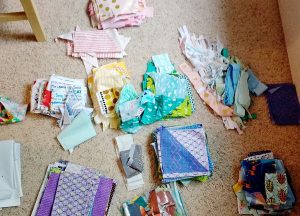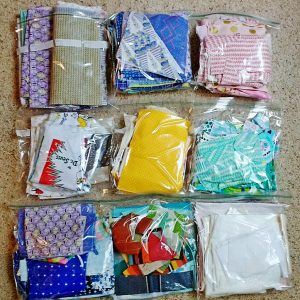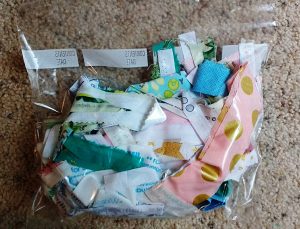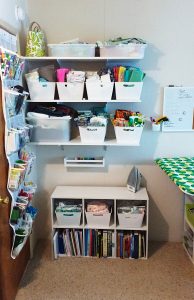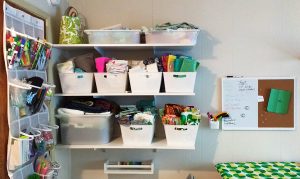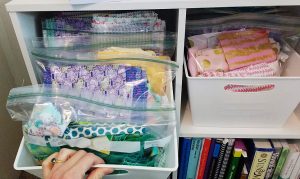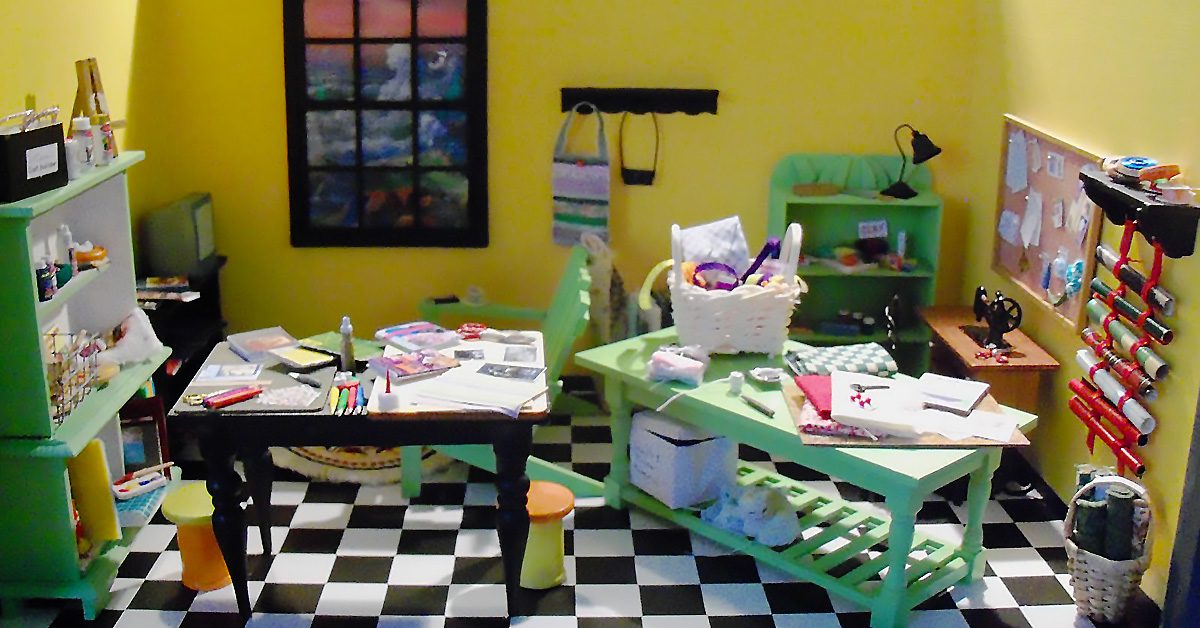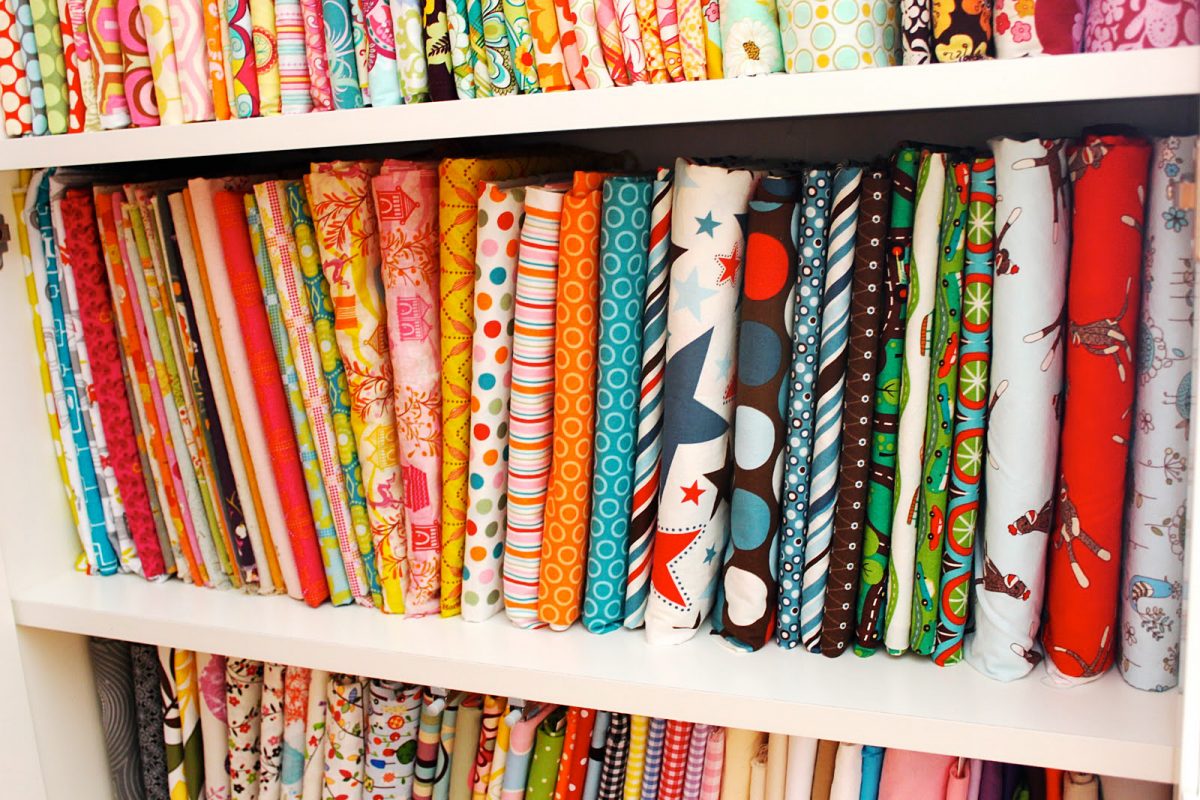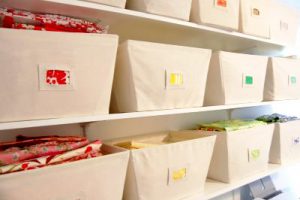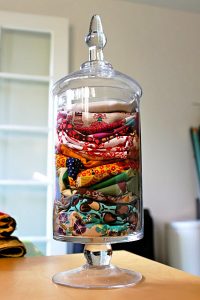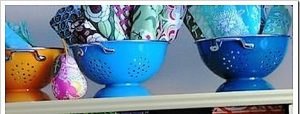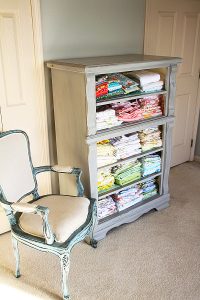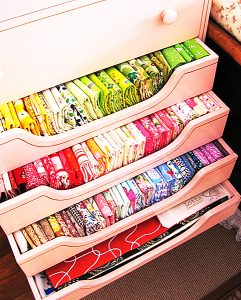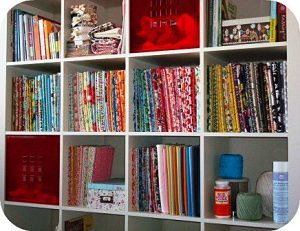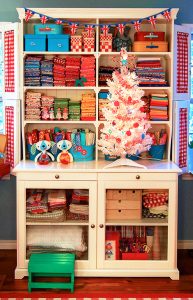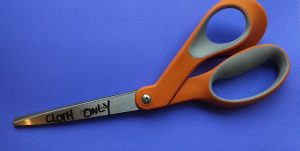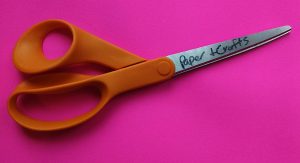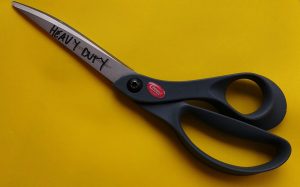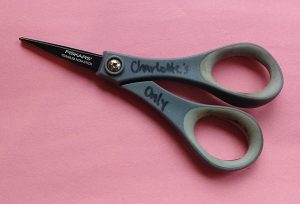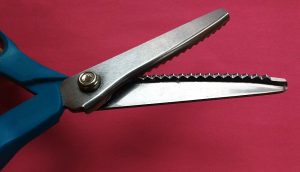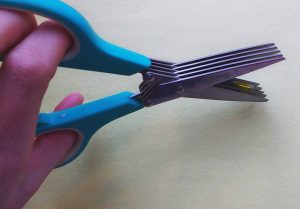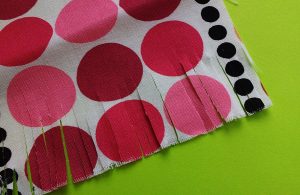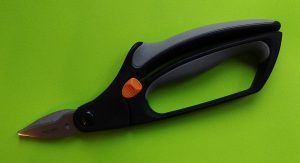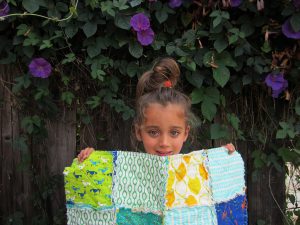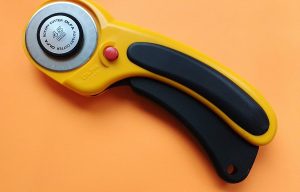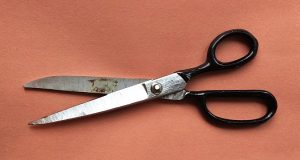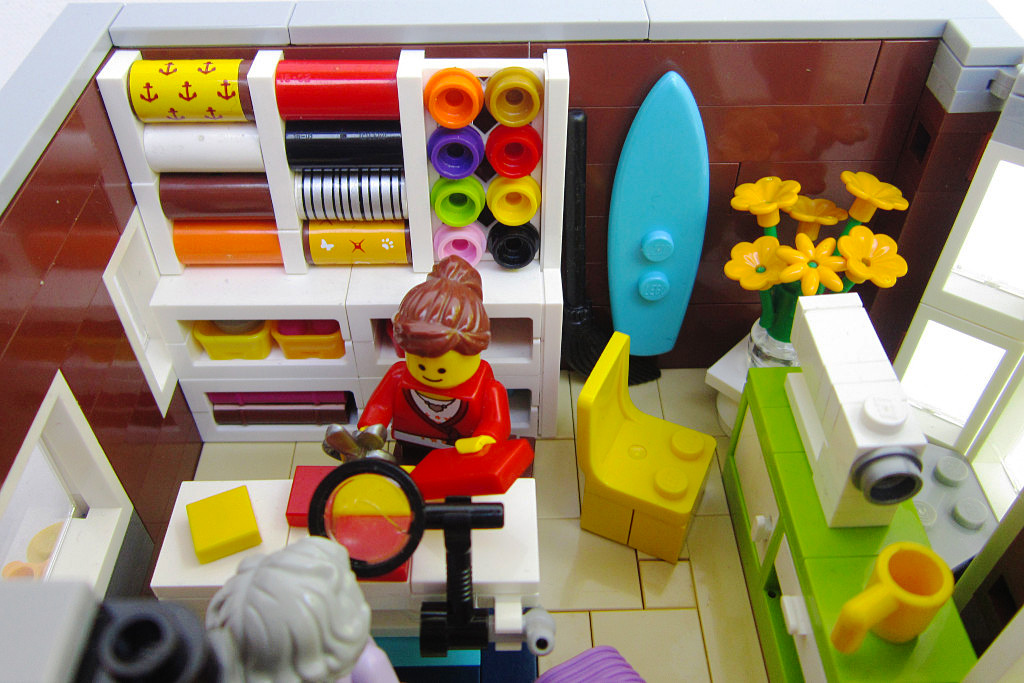Organization and layout are important factors for any sewing room. In my own small room, I have tried many things that didn’t work well, and I have found many things that do.
What are the most important factors to consider in any sewing room?
I think it boils down to these major factors:
- Machines
- Workspaces
- Storage- of tools, instructional materials, and the “stash.”
Sewing Room Machines
We must keep our machines at the top of this list because neglecting to consider them can be disastrous.
One cannot sew without a trusty machine- and some sewing machines are anything but! You need reliable machines. Have both a trusty mechanical model for backup and an electronic or computerized model. If you want to sew like a pro, you need a serger as well.
You may also like to have a quality embroidery machine, a cover stitch machine, or a long arm quilter.
I listed machines at the top of the sewing room considerations based on my own experience. No mess is as important to clean up and take care of as the machine itself. Do not ever neglect to clean inside your machine! Your sewing machine will break if you do not clean under the bobbin case. And you must clean inside your serger often, for the same reason.
Avoid unnecessary repair bills by cleaning machines with a brush after every project. You must also oil your mechanical machines and sergers. Electronic machines will need oiling at Sewing Machines Plus or your local repair shop. Do not try to oil these at home. Your mechanical machine will serve you during these times.
Sewing Room Workspaces
You need ample workspaces for various tasks:
- Machines and Sewing
- Cutting
- Pressing
- Layout/ Design
You can save space by creating a design wall for layout, rather than relying on table space for this. Consider ease of moving between the workspaces to create an efficient room.
What I have found to work best in my space is to have both a large table and a counter-top style desk. These are both best kept clear. My machines are covered on shelves and it is easy to take them down and set up on the sewing desk or the table. Sewing Machines Plus has a huge selection of sewing desks and tables to choose from; click here to see these now.
I like to set up in a few different configurations, depending on what I am sewing. I place the sewing machine and serger both on the long desk when making patchwork or small projects. Or, for larger projects, I place one on the table and one on the desk, with my chair rolling back and forth between the two. If I am sewing a quilt, I set my machine on the edge of the table so that the entire table is able to support the quilt. Otherwise, I prefer the machine to be on the desk and to keep the table clear for cutting.
The iron and board or space for ironing needs to be nearby as well. I keep my large ironing board set up in the laundry room and have a folding board mounted on the wall in my sewing room.
Sewing Room Storage
You can break storage in your sewing studio down into a few categories:
- Tools
- Information- patterns, books
- Stash- Fabric and supplies
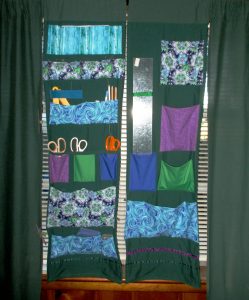
For tools, what is most important is that what you need is at hand when you need it.
Storage is where your options are endless and creativity comes into play.
Tools
For tools, what is most important is that what you need is at hand when you need it. This issue was problematic for me in the past because of grabby toddlers. So I designed this custom solution to keep my tools neat, in my reach, and away from kids.
You can also use drawers, boxes, or bins for storing tools.
Info – Patterns, Books, Magazines
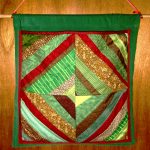
I store packets of patterns organized by type in banker boxes, some of these contained in Ziploc bags. I keep favorite and often used patterns in this oversized pocket for ease of reach. This was made from a spare leftover patchwork block.
I store books and magazines on shelves.
The “Stash”
Fabric
Fabric storage has been covered before on this blog. I won’t repeat the excellent points made in that post. But, as she said, fabric left in the open collects dust. And in the case of my sunny sewing room, colors can fade. Design your space for utility rather than aesthetic considerations only. For example, I once experimented with a rainbow of sorted stacks of fabric on a shelf. This looked lovely, but I don’t recommend this method! Those stacks were not easy to pull from without making a mess.
So I have settled on storing my fabric in covered boxes. I store quilting cottons by color, and other fabrics according to type. Dress weights are together, and knits are in a box of their own, for example. Here is the most helpful tip I have with regard to fabric storage: for the most part, let the fabric live at the store! No longer do I browse sale tables or buy yards of fabric with no particular project in mind. Quilter cottons are the only exception. But I never buy more than a yard of any fabric except as needed for particular projects.
Notions and Other Supplies
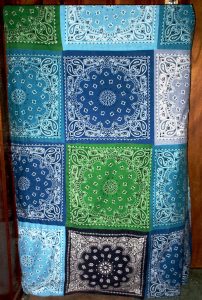
Reduce visual clutter & beautify your creative space with a creative shelving cover!
I do find it helpful to keep a good stash other supplies. I use a chest of drawers and small bins. These sort and store elastics, trims, ribbons, bias bindings, lace, velcro, and buttons. I also keep serger threads and tools sorted in a smaller, plastic drawer unit in reach of that machine. Sewing spools hang on a wall mount rack with a clear dust cover for protection.
I hate having dust land on fabrics and supplies, so I made a cover for one of my shelving units. I have enjoyed having my books, magazines, and other items shielded by this. It is easy to pull the cover back and find needed supplies. And it reduces visual clutter and beautifies my creative space.
Trusty machines, ample workspaces, and easy storage contribute to a well-ordered sewing room. The most important factor in your sewing room, though, is you! Create a space that works and that you love and then go there and make stuff as often as you can!

